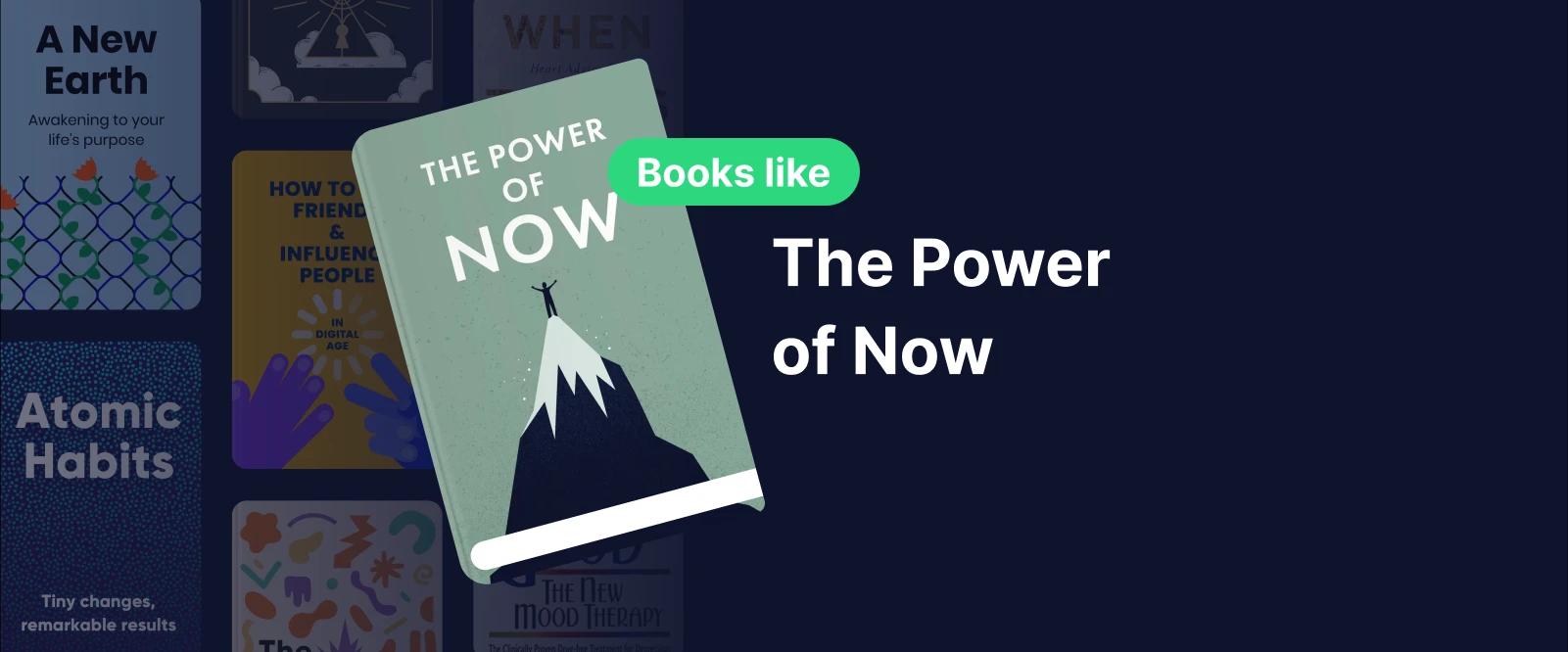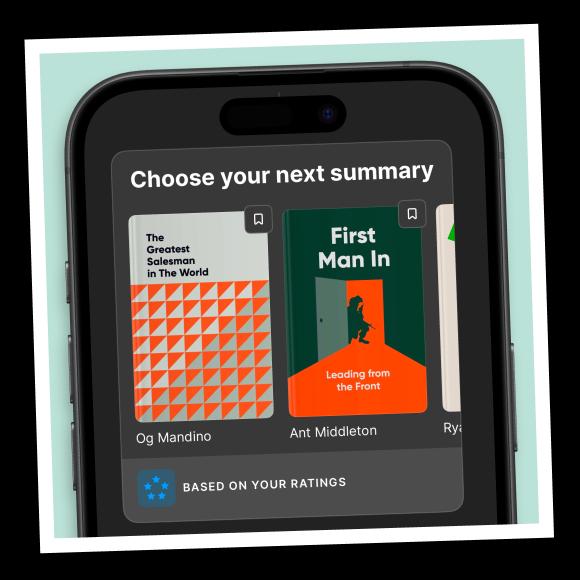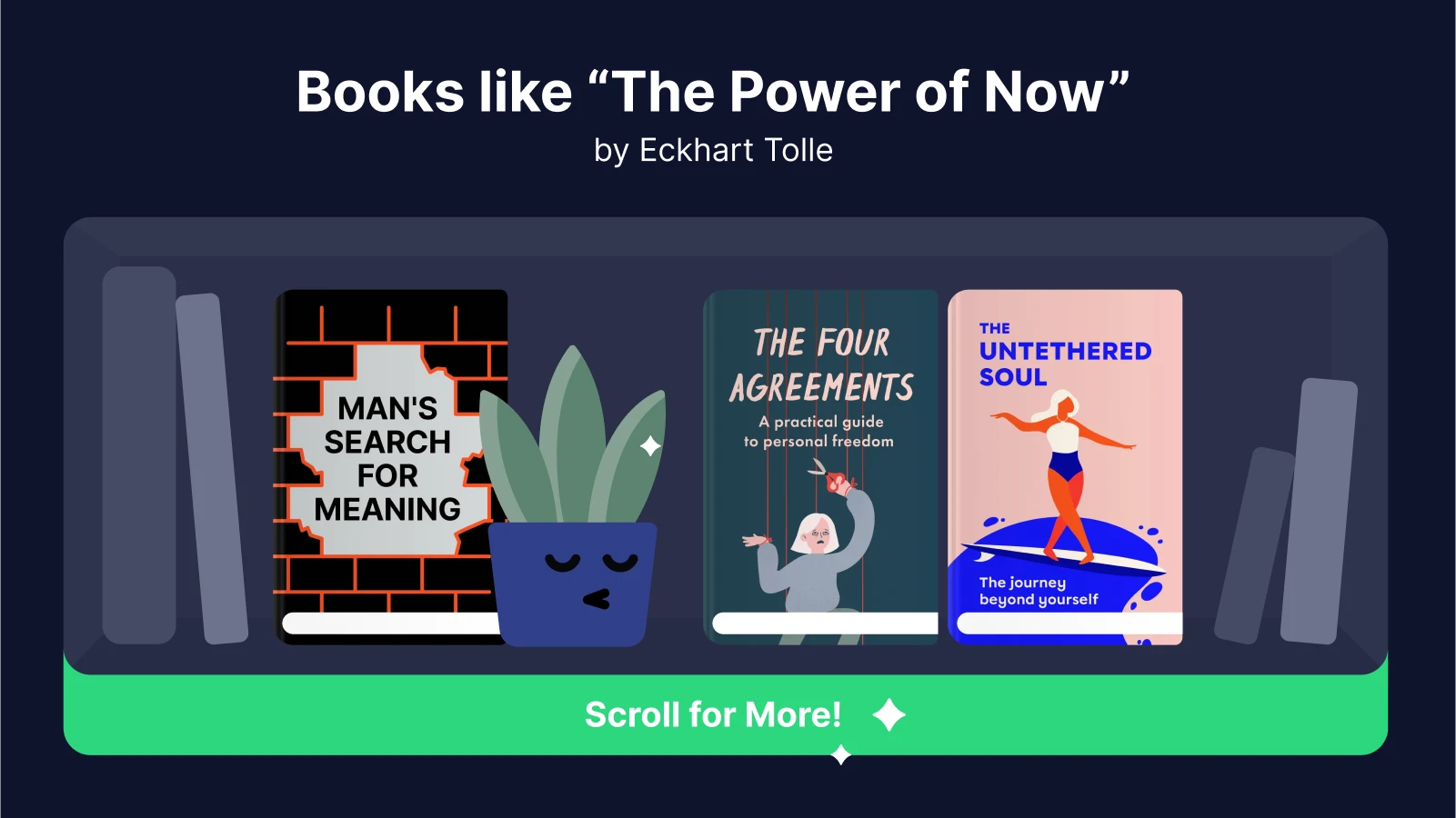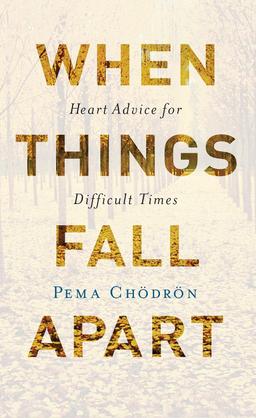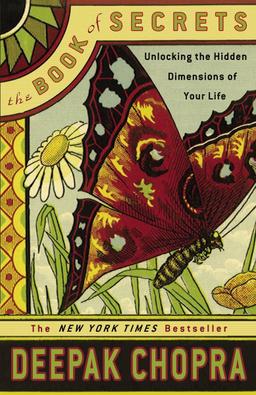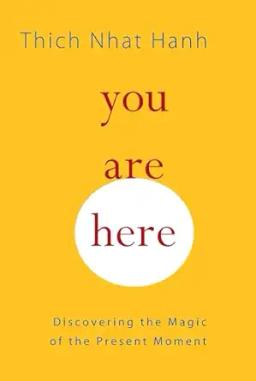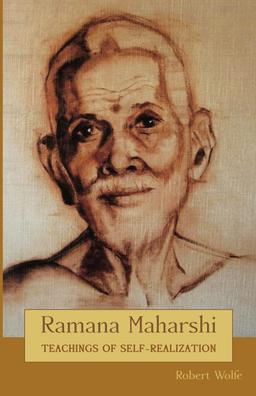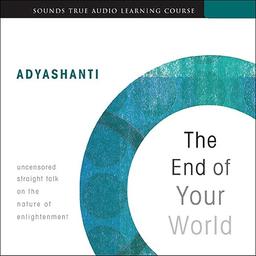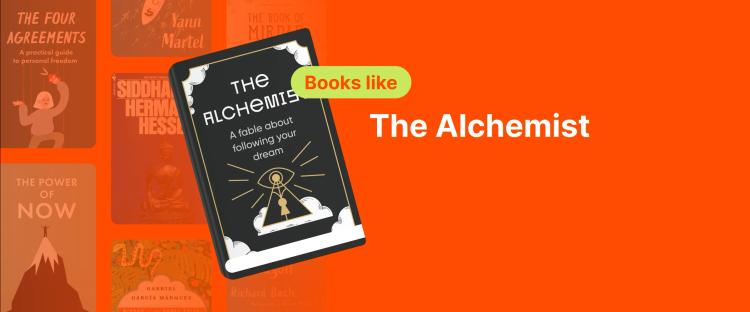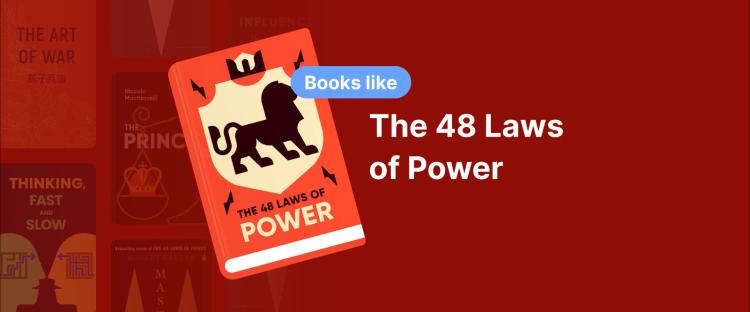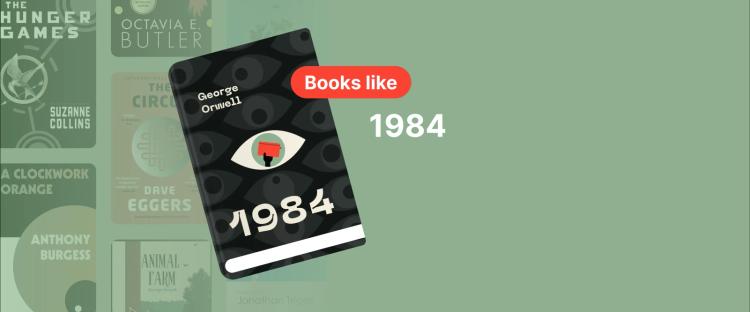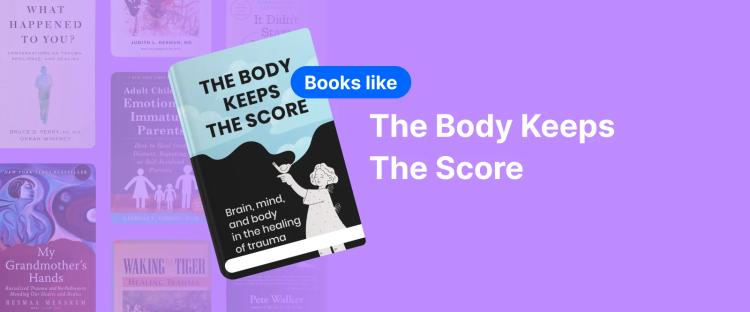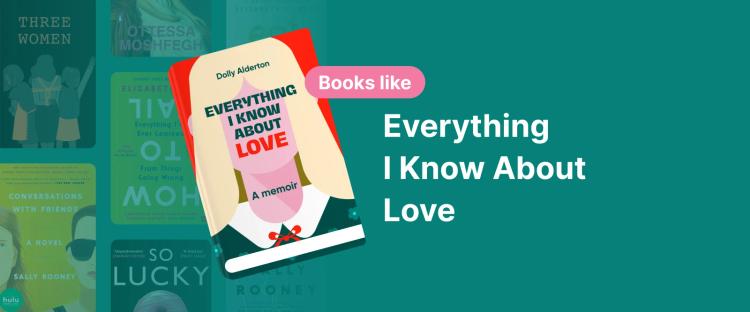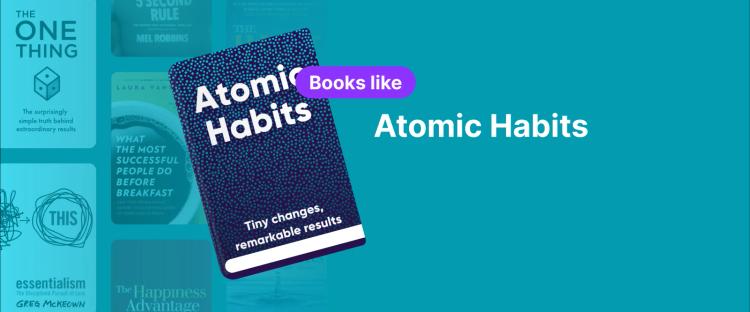Finished with 'The Power of Now' but still feel lost in the chaos of life? You're not alone. Eckhart Tolle's work is brilliant, but it's a spiritual lightning bolt — it shows you the path, but not always how to walk it.
These 20 books like 'The Power of Now' are wise and written for people with real schedules who need their spiritual practice to be a part of their daily routine, not a separate task.
And if time is extremely tight, Headway turns the best books on mindfulness and spiritual growth into quick summaries you can read or listen to like an audiobook. Build a 15-minute habit, remember the big ideas, and then dive deeper when you're ready.
Download Headway and keep your practice alive between long reads.
Quick answer: What are the top five must-read books like 'The Power of Now'?
Still buzzing from Tolle's insights on presence? Here are five essential reads that'll deepen your mindfulness practice:
'A New Earth' by Eckhart Tolle: A companion to 'The Power of Now: A Guide to Spiritual Enlightenment.' Tolle applies presence to ego and society; Oprah picked it again for her book club in 2025.
'The Untethered Soul' by Michael A. Singer: A #1 New York Times bestseller on letting go; Oprah featured Singer on Super Soul.
'Be Here Now' by Ram Dass: The counterculture classic that taught a generation to live in the present moment.
'When Things Fall Apart' by Pema Chödrön: Grounded practices for tough seasons, including tonglen meditation.
'The Four Agreements' by Don Miguel Ruiz: A practical guide from ancient Toltec wisdom to protect your peace.
The 20 top books like 'The Power of Now' to read in 2025
Across the decades, certain titles keep resurfacing whenever people discuss presence and clarity. Some come from Buddhism, some from modern psychology, and a few speak of God in a grounded way.
For the first time, many readers recognize a gap between thoughts and awareness. The spiritual books below show how to live within that gap, not just visit it. Several are The New York Times bestsellers, not for hype, but because those ideas hold up in everyday life.
📘 Want all this wisdom without the overwhelm? Get Headway for 15-minute clarity from spiritual masters!
1. 'The Untethered Soul' by Michael A. Singer
This book is about noticing your inner voice without wrestling with it, so attention returns to the present moment more quickly. You practice relaxing around thoughts and emotions instead of being dragged by them.
The result is more space, less reactivity, and a sense of inner peace you can access anywhere. As an audiobook, it serves as a calming companion for walks.
Similarities between the books
Both teach that you are not the voice in your head, but the awareness that hears it.
Both provide simple practices for detaching from thoughts and emotional "knots."
Both show how to apply awareness to reduce suffering in the real world, not just on a cushion.
2. ‘The Four Agreements’ by Don Miguel Ruiz
Ruiz presents a practical guide based on ancient Toltec wisdom to protect your attention and energy. "Be impeccable with your word" and "always do your best" anchor you when stress spikes.
These four habits simplify choices and make personal freedom feel doable, one conversation at a time. You'll notice less overthinking and more grounded confidence.
Similarities between the books:
Both offer a path to personal freedom through simple, daily habits.
Both help you move past overthinking and into aligned, present-moment actions.
Both aim to reclaim energy spent on past worries and future anxieties.
3. 'Man's Search for Meaning' by Viktor E. Frankl
Frankl shows you how choosing meaning changes the texture of pain and uncertainty. You learn to ask, "What is life asking of me now?" and act from that answer.
This shift enables you to move from helplessness to purpose, which steadies the mind and deepens inner peace during tough seasons. Purpose becomes the compass for everyday life.
Similarities between the books:
Both demonstrate how focusing your attention on purpose can reshape a difficult experience.
Both teach that your inner state is your choice, even when external circumstances are beyond your control.
Both encourage you to face difficulty head-on to find a deeper sense of peace and freedom.
4. 'A New Earth: Awakening to Your Life's Purpose' by Eckhart Tolle
Tolle helps you recognize ego patterns at home and work, then meet them with awareness. You learn to pause before reacting, listen more fully, and choose responses that create connection.
This strategy widens personal freedom beyond meditation into meetings, parenting, and partnerships. And calm becomes a shared skill, not a solo practice.
Similarities between the books:
Both use clear language and gentle exercises to teach spiritual awareness beyond the ego.
Both provide practical tools to recognize and overcome egoic patterns in daily interactions.
Both teach that true peace is found in the present moment, not in the past or future.
📘 Ready for ego-free living? Try Headway for presence practices from mindfulness teachers!
5. 'Atomic Habits' by James Clear
Clear turns insight into routine by focusing on tiny, repeatable actions. You design cues and rewards that keep presence alive when motivation dips.
Small wins stack, identity shifts, and you naturally "always do your best" without white-knuckling it. It's mindfulness made mechanical — in the best way.
Similarities between the books:
Both show how small, intentional actions in the present moment are the key to lasting change.
Both argue that true transformation comes from changing who you are, not just what you do.
Both teach that insight needs a practical system to turn it into a daily, repeatable rhythm.
6. 'The Alchemist' by Paulo Coelho
This fable invites you to trust intuition and notice the signals life keeps sending. You practice choosing courage over comfort, bringing you back to the moment when guidance is most precise.
The story reframes detours as part of the path, easing anxiety and deepening inner peace. You step toward your "personal legend" with less fear.
Similarities between the books:
Both encourage you to listen to your inner guidance in the present moment.
Both teach that fear and anxiety are distractions from your true path.
Both highlight how profound wisdom can be found in the mundane details of your everyday life.
7. 'How to Win Friends and Influence People' by Dale Carnegie
Carnegie trains your attention on the person in front of you — names, needs, and strengths. That presence dissolves defensiveness and builds trust fast.
You learn simple behaviors that quiet the ego and create ease in conversation, which feels like instant personal freedom in social settings. Your relationships become a daily meditation in kindness.
Similarities between the books:
Both teach that being fully present with another person is the key to authentic connection.
Both offer simple, actionable behaviors that anyone can implement today for instant results.
Both show you how quieting the ego and being present reduces social anxiety and defensiveness.
8. 'The Art of Happiness' by Dalai Lama XIV with Howard C. Cutler
You learn that happiness is a skill — cultivated by attention, compassion, and helpful action. The dialogues model how to meet difficult people and moments without losing peace.
Practical reflections help you shift from mood-chasing to mind-training. The payoff is steadier well-being in everyday life.
Similarities between the books:
Both teach that inner peace is a skill you can train, not an emotion you have to chase.
Both emphasize compassion as a key component of a peaceful, present mind.
Both offer a path to a more stable sense of well-being that is available in any given moment.
📘 Want trainable peace? Try well-being practices from psychology and spirituality experts with Headway!
9. 'When Things Fall Apart' by Pema Chödrön
Chödrön teaches you to turn toward discomfort with curiosity, not avoidance. Practices like tonglen soften fear and reconnect you with others.
You become less scared of feeling, which paradoxically increases inner peace. Hard days stop derailing your practice — they deepen it.
Similarities between the books:
Both show you how to find peace by staying present during pain and discomfort, not just when life is easy.
Both offer kind, gentle practices that you can start using today to get a sense of relief.
Both teach you how to observe and name your thoughts to loosen their painful grip.
10. 'Feeling Good: The New Mood Therapy' by David D. Burns
You learn to identify cognitive distortions quickly and replace them with clearer, more accurate thinking. That skill reduces spirals and brings you back to the present moment with less drama. It's a practical relief you can use between therapy sessions.
Similarities between the books:
Both teach that a key to reducing suffering is to observe thoughts without identifying with them.
Both offer concrete skills you can practice in your daily life, not just in meditation or therapy.
Both show how a practical, structured approach to your mind pairs perfectly with open, present awareness.
11. 'Can't Hurt Me: Master Your Mind and Defy the Odds' by David Goggins
Goggins demonstrates how to approach discomfort differently, transforming it from trauma to training. Through small, honest challenges, you build "calloused mind" confidence.
That discipline anchors attention under stress and expands your sense of personal freedom. Less rumination, more deliberate effort — on purpose.
Similarities between the books:
Both are about gaining control over your attention, especially in moments of stress and discomfort.
Both teach that training the mind requires consistent, deliberate effort, not just passive belief.
Both show you how to reduce overthinking by redirecting your attention to what you're doing right now.
📘 Ready to build mental toughness? Get Headway for resilience strategies from peak performers!
12. 'Loving What Is' by Byron Katie
These four questions help you test stressful thoughts and watch suffering dissolve in real time. You learn to meet people and situations without the extra story that hurts most.
This technique creates immediate inner peace and room for kinder action. Inquiry becomes a pocket-sized path to freedom.
Similarities between the books:
Both encourage a direct, personal investigation into the nature of your thoughts.
Both offer a simple, easy-to-follow process that you can use anywhere to find immediate relief.
Both teach that true freedom comes from no longer believing the stories your mind tells you.
13. 'The Secret' by Rhonda Byrne
This book nudges you to focus on what you want to cultivate — gratitude, clarity, possibility. Used wisely, visualization becomes a present practice that changes your daily tone.
Pair intention with action and you'll feel more aligned and less scattered. It's a simple reset for busy minds.
Similarities between the books:
Both highlight the incredible power of your conscious attention in shaping your reality.
Both teach that intentional and positive thought habits build and reinforce a state of awareness.
Both emphasize that applying the concepts daily is far more important than just intellectually understanding them.
14. 'Be Here Now' by Ram Dass
A playful doorway back to Now through story, sketches, and simple practices. It normalizes the wandering mind and gently returns you to awareness.
The tone is friendly, the tools are humble, and the effect is steady inner peace. Spirituality becomes livable in everyday life.
Similarities between the books:
Both make the case that being present is the foundational skill for all spiritual and psychological growth.
Both use a friendly, non-dogmatic tone to invite you to try simple practices for yourself.
Both show you that spiritual practice is not just for formal meditation, but for every moment of your day.
15. 'The Book of Secrets' by Deepak Chopra
Chopra offers contemplations that loosen rigid identities and open space around experience. You test ideas directly — during a walk, a meeting, or a quiet pause.
This approach shifts you from fixing the world to noticing the awareness in which it appears. The result is lighter effort and more personal freedom.
Similarities between the books:
Both suggest that direct experience of awareness is more valuable than any belief system.
Both manage to convey profound spiritual concepts using simple, everyday language.
Both encourage you to test the teachings in your own life to see their effects directly.
16. 'I Am That' by Sri Nisargadatta Maharaj
Through direct dialogues, you're invited to rest in the sense "I am" before any story. The teaching is spare and uncompromising, which makes glimpses of quiet clarity common.
Reading slowly becomes a meditation that reveals self-discovery beyond the thinking mind. Peace feels native, not earned.
Similarities between the books:
Both works point directly to the awareness that exists before any thought or story.
Both have a core teaching that is disarmingly simple, yet profound in its implications for freedom.
Both offer a path to self-discovery that is not based on emotion, but on quiet, honest observation.
📘 Want direct spiritual truth? Try Headway for non-dual wisdom from awakened teachers!
17. 'You Are Here: Discovering the Magic of the Present Moment' by Thich Nhat Hanh
You learn micro-practices — breathing, walking, and mindful speech — to touch the present moment anywhere. The tone is warm and deeply practical, ideal for beginners and busy people.
You'll notice that calm spreads from body to mind to conversation. Kindness becomes your default setting.
Similarities between the books:
Both teach you how to come back to the present moment as a refuge from stress.
Both offer gentle, accessible practices that are easy to start and integrate into a busy life.
Both show you that you can practice mindfulness while eating, walking, and talking—not just on a meditation cushion.
18. 'The Path Made Clear: Discovering Your Life's Direction and Purpose' by Oprah Winfrey
Oprah helps you hear your inner "yes" and take the next right step. Short reflections and stories create momentum when you feel stuck.
You'll clarify values, simplify goals, and act with less noise in your head. It reads like a supportive self-help book for aligning purpose with everyday life.
Similarities between the books:
Both nudge you to get quiet and listen to your true self, so you can act with clarity.
Both help you move from deep reflection into practical, real-world steps for everyday life.
Both work well as a text or audiobook for getting your head in the right space when you're on the move.
19. 'Ramana Maharshi: Teachings of Self-Realization' by Robert Wolfe
You get the essence of self-inquiry: gently ask "Who am I?" and rest as awareness. The instruction is minimal but precise, which helps you experience silence beneath thought.
This directness reduces seeking and increases inner peace in ordinary moments. It's a spiritual awakening without theatrics.
Similarities between the books:
Both works point directly to immediate awareness, bypassing the need for intellectual concepts or long philosophical debates.
Both encourage you to "look" for yourself rather than just accepting a new spiritual theory.
Both can lead to a profound, quiet shift in your life when practiced with daily honesty.
📘 Ready to look within? Get Headway for self-inquiry wisdom from spiritual masters!
20. 'The End of Your World: Uncensored Straight Talk on the Nature of Enlightenment' by Adyashanti
Adyashanti explains the messy, human side of awakening — ego backlash, confusion, and integration. You learn how to stabilize clarity with humility and daily honesty.
This perspective makes freedom feel lived, not just glimpsed. It's the candid guide many spiritual teachers skip, perfect alongside mindfulness.
Similarities between the books:
Both center on the importance of presence as the unshakable foundation for a free life.
Both offer practical, no-nonsense advice for navigating the spiritual journey in everyday life.
Both bypass rigid spiritual ideologies and keep the focus on direct, personal experience.
Keep your fire alive with Headway
These picks illustrate one idea from different angles, but the message is that if you train attention, freedom follows. From direct pointers to inquiry, from Buddhist compassion to habit design, each title shows how to meet thoughts kindly, loosen ego, and return to the present moment — not once, but repeatedly.
Read one page, try one tool, and let it reshape everyday life. To make your practice stick, Headway distills big ideas into 15-minute reads with audio — perfect if you prefer audiobooks — plus spaced-repetition reminders, so insights show up when you need them. Download Headway, keep a tiny daily streak, and let small pockets of time become your path to spiritual life.
Use this link to start your first book with Headway.
Frequently asked questions about books like 'The Power of Now'
Who's the author of 'The Power of Now'?
Eckhart Tolle, born in Germany in 1948, wrote 'The Power of Now' after a profound spiritual awakening at age 29. Educated at Cambridge and London universities, he moved to Vancouver in 1995. There he became a spiritual teacher. His teachings blend Buddhism, Christian mysticism, and other traditions without aligning with any specific religion.
What's 'The Power of Now' by Eckhart Tolle about?
Tolle's breakout self-help classic invites you to shift attention to the present moment and experience freedom from compulsive thought. First published in 1997 (reissued 1999), it later became a long-running New York Times bestseller after Oprah's recommendation and translations into dozens of languages.
What are the key concepts of 'The Power of Now'?
Living fully in the present moment frees you from anxiety and suffering. Tolle teaches you to observe thoughts without getting trapped by them, dissolve the "pain-body," and recognize that only now is real. Your past and future exist only in your mind.
Is 'The Power of Now' a hard read?
Some concepts challenge your usual thinking patterns, but Tolle's writing stays accessible and practical. You might need to reread certain sections. Many readers find it easier after exploring mindfulness basics first. The ideas deepen with each reading, so take your time.
Which books by Eckhart Tolle could be a good addition to 'The Power of Now'?
'Stillness Speaks' offers Tolle's teachings in short, simple pieces perfect for daily reflection. 'Practicing the Power of Now' provides specific exercises and practices excerpted from the original book. Both deepen your understanding and make presence feel more doable in everyday life.
How does 'A New Earth' compare?
'A New Earth' expands on the concept of presence by applying it to ego patterns, relationships, and society. Written in a traditional narrative style rather than a question-and-answer format, it feels more accessible. Both books teach presence, but 'A New Earth' shows how awakening transforms communities, not just individuals.
Which books help during tough times?
'When Things Fall Apart' by Pema Chödrön teaches you to turn toward discomfort with curiosity. 'Man's Search for Meaning' by Viktor Frankl shows how choosing meaning steadies you. Both books offer practical wisdom when everything seems to be falling apart.

